Did the US trick India and China into war in 1962?
Posted on February 15th, 2019
By Mohan Guruswamy/The Asian Age Courtesy NewsIn.Asia
New Delhi, February 13: It is now well known that in 1971, as the Indian armed forces were scything through Bangladesh, then US President Richard Nixon’s National Security Adviser Henry Kissinger met a high-ranking Chinese official (believed to be Huang Hua) to urge the People’s Republic to open a front against India to pressure India into backing off.
The Chinese did not bite.
But back in 1962, the United States may well have conned the Chinese into taking action against India by its airdropping of Tibetan Khampa guerrillas and making the Chinese believe that it was India which is attacking.
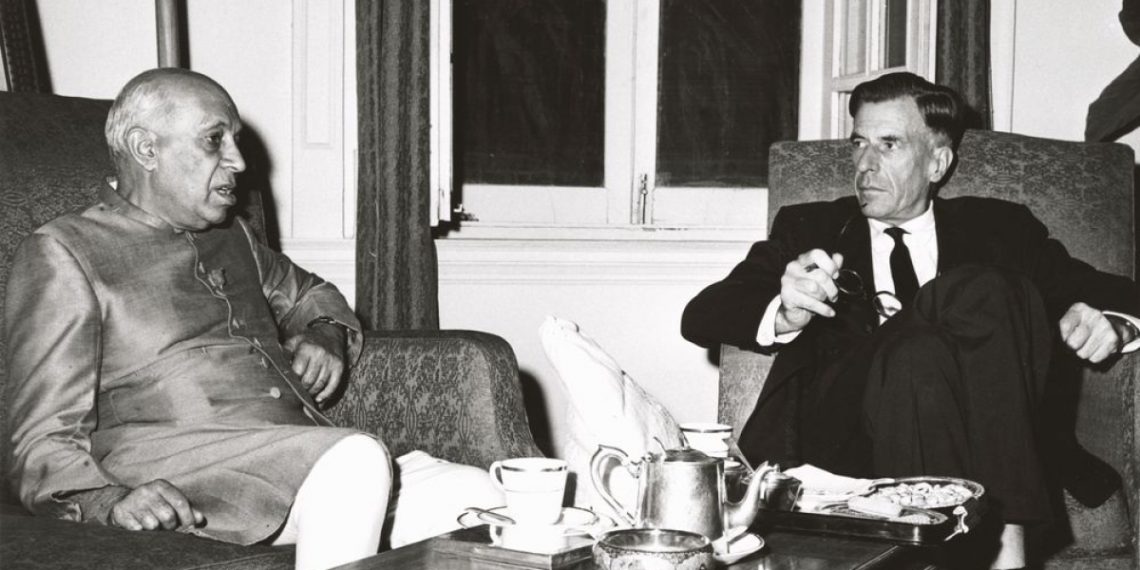
Reidel was a top CIA official and its in-house expert on South Asia. He is now a senior fellow at the Brookings Institution and Director of the Brookings Intelligence Project.
Reidel writes with immense knowledge and access to hitherto top-secret documents, but with eloquent brevity. He tells all and says all without using up many lines of wordage. He has an eye that can focus with hawk-like precision on relevant details and keep looking at the big picture too.
The complex tale of the evolution of India-US relations is well known. But the close tango by the two for a brief period in 1962 is little known and seldom told.
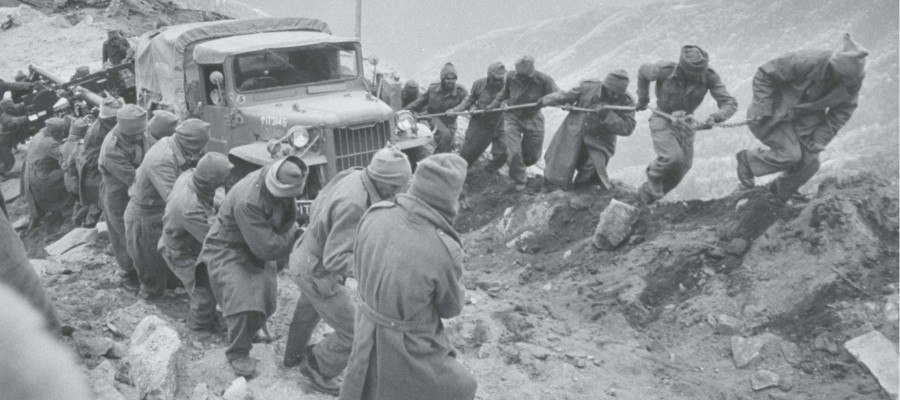
Ever since its birth as a Communist state, China and the US had an intensely adversarial relationship. India’s choice of remaining uncommitted during the age of containment and the Cold War, and Pakistan’s geography making it a ‘frontline’ state and its political choice of becoming a Cold War partisan, largely shaped Indo-American relations, as they do even now.
In 1950, China entered the Korean War against the American-led UN-forged alliance. It will be worth remembering that India sent a military medical unit to Korea to serve with the UN forces.
Nevertheless India served as a conduit between Communist China and the US that helped them come to the table at Panmunjom to end the Korean War.
The US had also conveyed its threat to use atomic weapons should the PLA continue with its offensive via India. The Chinese, like now, and even then, were concerned about a US-Indian collusion, and didn’t take Jawaharlal Nehru at face value.
India and China were never neighbors. India’s northern neighbours were always Tibet and Xinjiang. These two territories have a long history of being alternately under China’s over-lordship and free.
In 1947, when India became independent, both these nations were enjoying freedom from China. Xinjiang was an independent Soviet republic under Russia, and Tibet was enjoying full political freedom.
In 1913, the Tibetans declared independence after the collapse of the Qing dynasty and the establishment of a republic in China under Sun Yat Sen. They attacked and drove the Chinese garrisons in Tibet into India over the Nathu La Pass. Also, in 1913, the British convened the Simla Conference to demarcate the India-Tibet border. The British proposed the 1914 McMahon Line, as we know it. The Tibetans accepted it. The Chinese, however, initialed the agreement under protest.
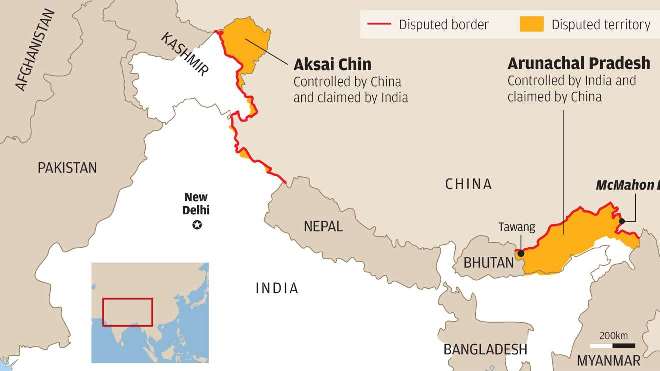
On October 7, 1950, the Chinese attacked the Tibetans at seven places on their frontier and made known their intention of reasserting control over all of Tibet. As if in response, on February 16, 1951, Maj. Relangnao ‘Bob’ Khating raised the Indian tricolour in Tawang, and took over the administration of the tract.
The point of this narration is to bring home the fact that India’s claim over Arunachal Pradesh doesn’t rest on any great historical tradition or cultural affinity. We are there because the British went there. But the Chinese also have no basis whatsoever to stake a claim, besides a few dreamy cartographic enlargements of the notion of China among some of the hangers-on in the Qing emperor’s court.
After Independence, the relationship between the United States and India was cold and often thorny due to America’s containment policy that sought the active participation of the neighbors of all Communist countries in their ring-fencing.
Pakistan, with its eye on India, happily became a length of this ring fence. India-US ties further soured with India actively and stridently espousing ‘non-alignment’.
But in 1959, the long-festering Sino-Indian border dispute sprang into the open when the Dalai Lama once again sought refuge in India. The Chinese saw it as yet another proof of India’s inimicality towards it.
There were other things happening that further convinced the Chinese of this. In 1950, the CIA office in Calcutta established a link with the Dalai Lama’s older brother, Thupten Norbu. The US was keen to use Tibet to open up another front against China. Which is exactly what they did in 1957.
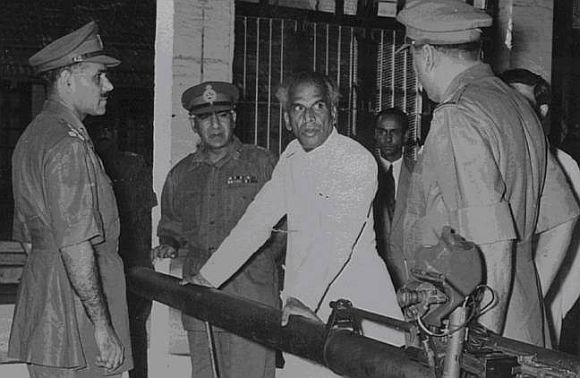
The CIA began training Khampa warrior tribesmen from Amdo, the home district of the Dalai Lama, in Colorado, where the high altitude almost mirrored Tibetan conditions.
The CIA established a forward base for them at the then Pakistani airbase at Kurmitola near Dhaka. They then parachuted sticks of them into Tibet to lead the expected insurrection. Very few survived.
The US was also to later use this airbase, as well as the airbase at Peshawar, to launch U-2 flights over China and Russia.
The Chinese believed that the Tibetans were being airdropped by the Indian Air Force and protested several times about ‘Indian’ air incursions. New Delhi didn’t seem to have a clue about what these protests were about.
The Americans were quite happy to make the Chinese believe just that, as it served the added purpose of discomfiting Jawaharlal Nehru’s government, which had made the ‘Panchsheel’ doctrine the cornerstone of its foreign policy.
In 1960, newly-elected US President John F. Kennedy initiated a foreign policy change that envisaged India as a democratic bulwark against Communism. JFK invested heavily in this notion and sent a top Presidential confidant, John Kenneth Galbraith, as the US ambassador to India.
Galbraith quickly established a rapport with Nehru and began to be counted as a personal friend of the PM. Galbraith was also a famous economist and Nehru turned to him for advice on domestic policy matters as well.
Galbraith worked his connections with the White House to sponsor a US $1 billion economic assistance package for India. A billion dollars was a colossal sum of money those days.
Clearly, JFK was putting his money where his mouth was.
This only alarmed the Chinese and confirmed to them their still widely held notion of the perfidious Indian.
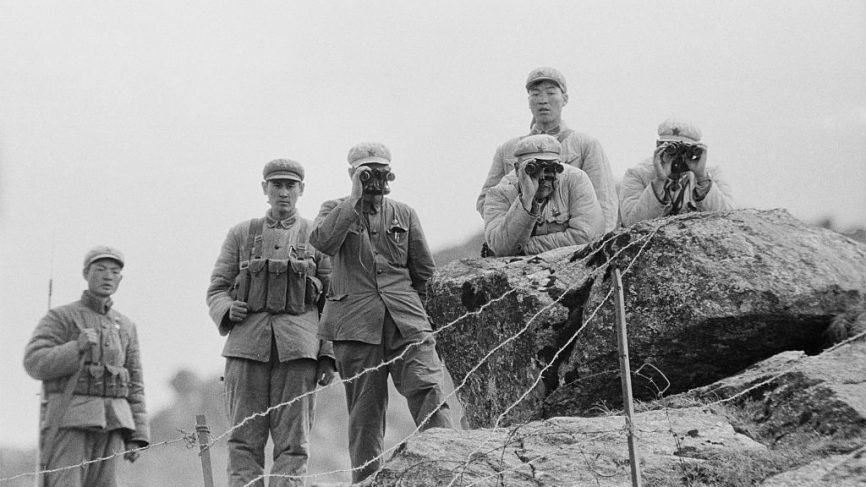
Mao Zedong believed that Nehru was two-timing China with talk of ‘Panchsheel’ while trying to create a rebellion in Tibet to reestablish it as a buffer, as did the British.
When India and China began playing their silly forward policy of establishing their posts ahead of each other, skirmishing was inevitable.
Within China, Mao was waging a battle against the factions led by Liu Shaoqi and Marshal Peng Dehuai. India became a good excuse for Mao to berate the Marshal and the PLA. He then demanded action.
The aggressive moves near the Thagla Ridge at the India-China-Bhutan border was a readymade situation which the Chinese exploited, and India was sitting with its chin stuck out.
An ill-equipped military along with an ill-informed political leadership made the knockout almost inevitable.
The writer, a policy analyst studying economic and security issues, held senior positions in government and industry. He also specializes in the Chinese economy.
(The featured image at the top shows Indian Prime Minister Jawaharlal Nehry with the US Ambassador John Kenneth Galbraith)
(Mohan Guriswamy is a policy analyst studying economic and security issues, held senior positions in government and industry. He also specializes in the Chinese economy)
February 15th, 2019 at 5:11 pm
That’s how the CIA and the U.S. work. They keep tricking nations get into war among themselves and weakening their military and economic strength by prolonged war, while profiting through arms sales among other things and also interfering into the affairs of the warring nations on the pretext of saving democracy and human rights for their (US)own benefits! The nations that follow the Western nations in general and the U.S. in particular suffer economically as a result and thus become dependent on the US (or the Western powers) permanently!
February 15th, 2019 at 6:20 pm
There was no bloody India before the British made it. It was China who had influence over the northern States of India.
It is absurd to blame USA, a trick played by Indian imperialists.
February 16th, 2019 at 10:19 am
Well Christie, from what I have noticed through your comments in the Lankaweb.com you seem to always put all the blame on India and never seem to accept the fact that the British went all over the world to plunder the wealth of the nations they occupied militarily, and had them subjects to British empire for well over 200 hundred years! After the WW2, it was the turn of the U.S. just because it did not hesitate to use the most destructive weapon, the Atom bomb in Japan, an Asian country, though the war started by the Western powers! It was true that before the British conquered the sub-continent, the people lived there were mostly of the same culture, and religion. Before that there had been Arab invasion in the sub-continent, and as a result the Hindus and Budhists along with the sub divisions of Hinduism mostly forced to convert to Islam. Otherwise the DNA of the people is same. I don’t know why our people keep forgetting the atrocities, and injustices committed by the Western powers and instead try to put the blame on India! Please remember, we all, weather Sinhalese or the Tamils and the Muslims in Sri Lanka came from India at different period of times. Whatever it is, the real threat for not only Sri Lanka, but also for all the third world countries around the world is not from India, but from the Western world! It has been there for the past 400 hundred years, and will continue to do so in the future as well for some time in another form.
February 16th, 2019 at 10:09 pm
Thanks vyasan.
I am glad you understand and know what I am saying,
Where do the Indians in Ceylon, Mauritius, Guyana, Fiji, Malaya, Burma, South Africa, Uganda, Kenya, West Indies come from?
Brahma did not cast them in those countries. They went with the British. British were the carrier of these Indian Colonial Parasites. The best example is Mohandas Karamchand, the Colonial Parasite from South Africa who made his fortune from Africa.
There was no India before the British made it from a lot of small countries. Indian Sub Continent was like Europe and the only common factor was Hinduism like Christianity in Europe.
The so called British Empire was in fact a British -Indian Empire now an Indian Empire.
The Indians in Ceylon have committed many crimes against the Sinhalese.
When the British took possession of Coastal Areas of Ceylon in 1792 from the Dutch, the British brought in Vellars from the Malabar Coast to administer the Coastal Areas of Ceylon. Vigneswaran likes are descendants from those Indian Colonial Parasites.
Lots of Indian Sepoys were brought in by the British keep us under control. They did it in all British-Indian Colonies. In 1815 Marutis came with the British put down the Wellassa uprising. It is tge Indian Marutis who burned down the Villages and fields.
India and Indian Colonial Parasites control our economy and our politics directly. See what happened with the Customs strike? As soon as Pettah Merchants brought in Hartal the politicians kneeled.
Who came as the Commonwealth election monitor when Sirisena was installed. It was an Indian Colonial Parasite from Guyana Mr Jagdeo. He made sure maximum votes for Sirisena from the Indian Colonial Parasites block vote.